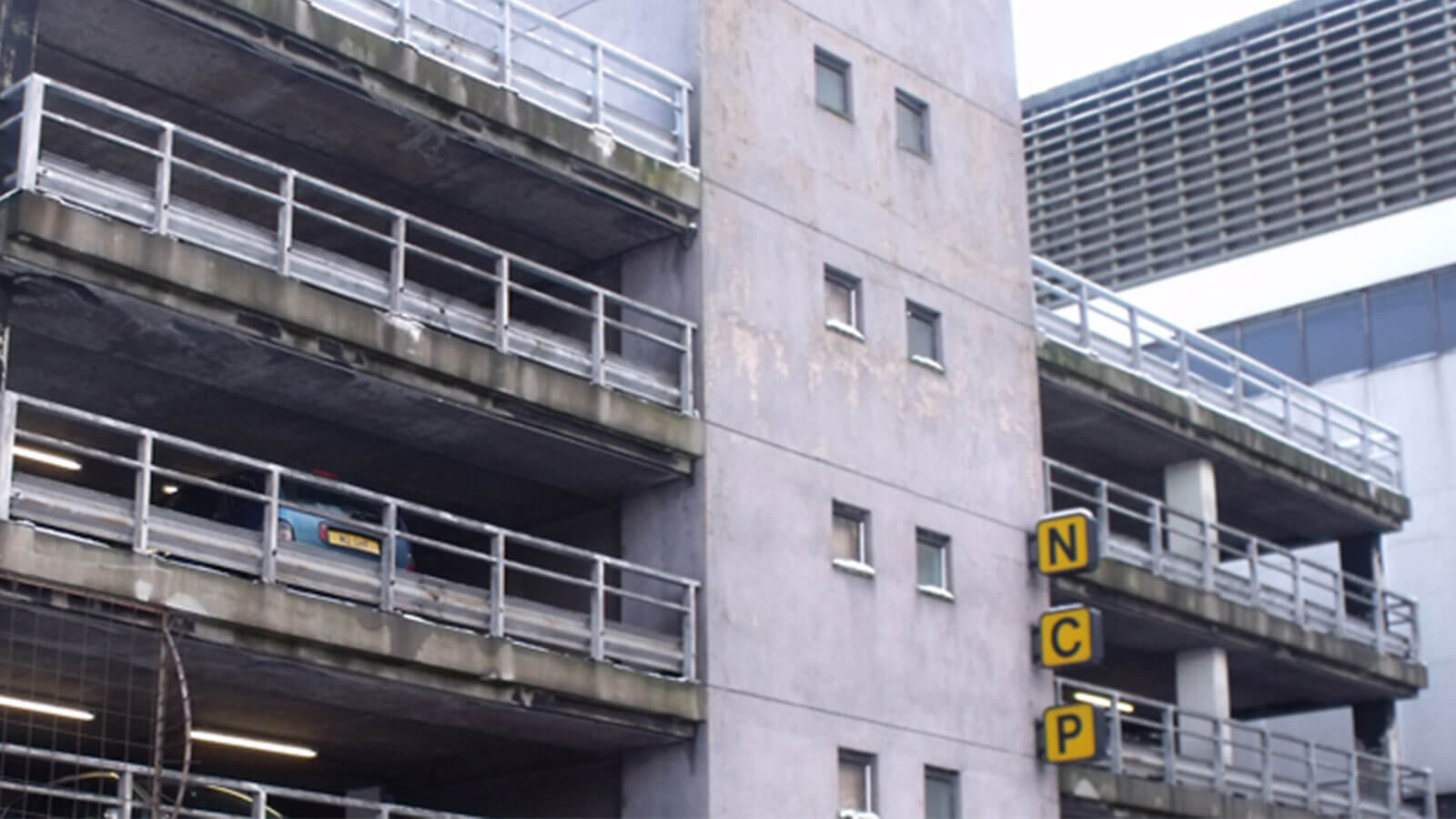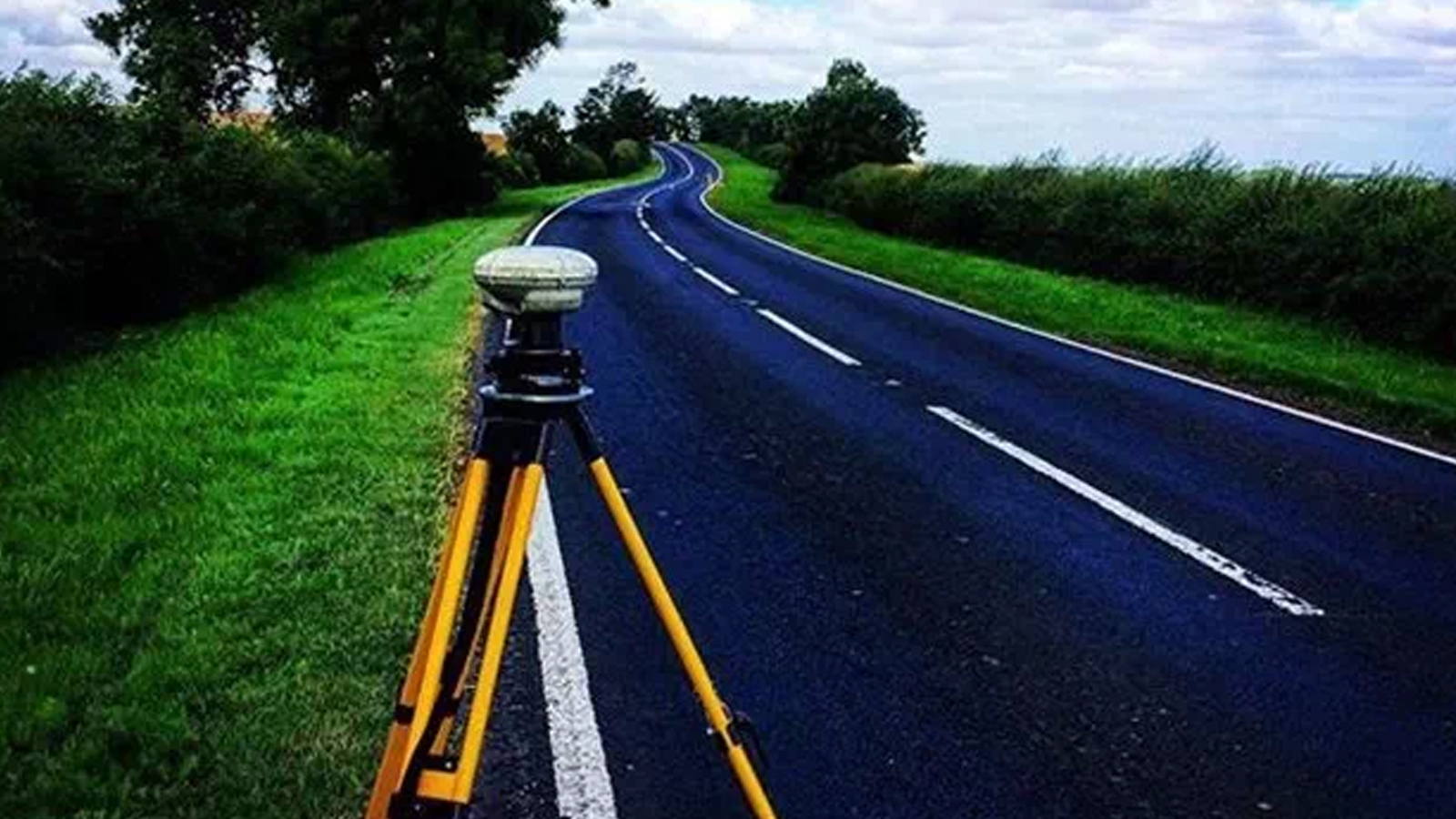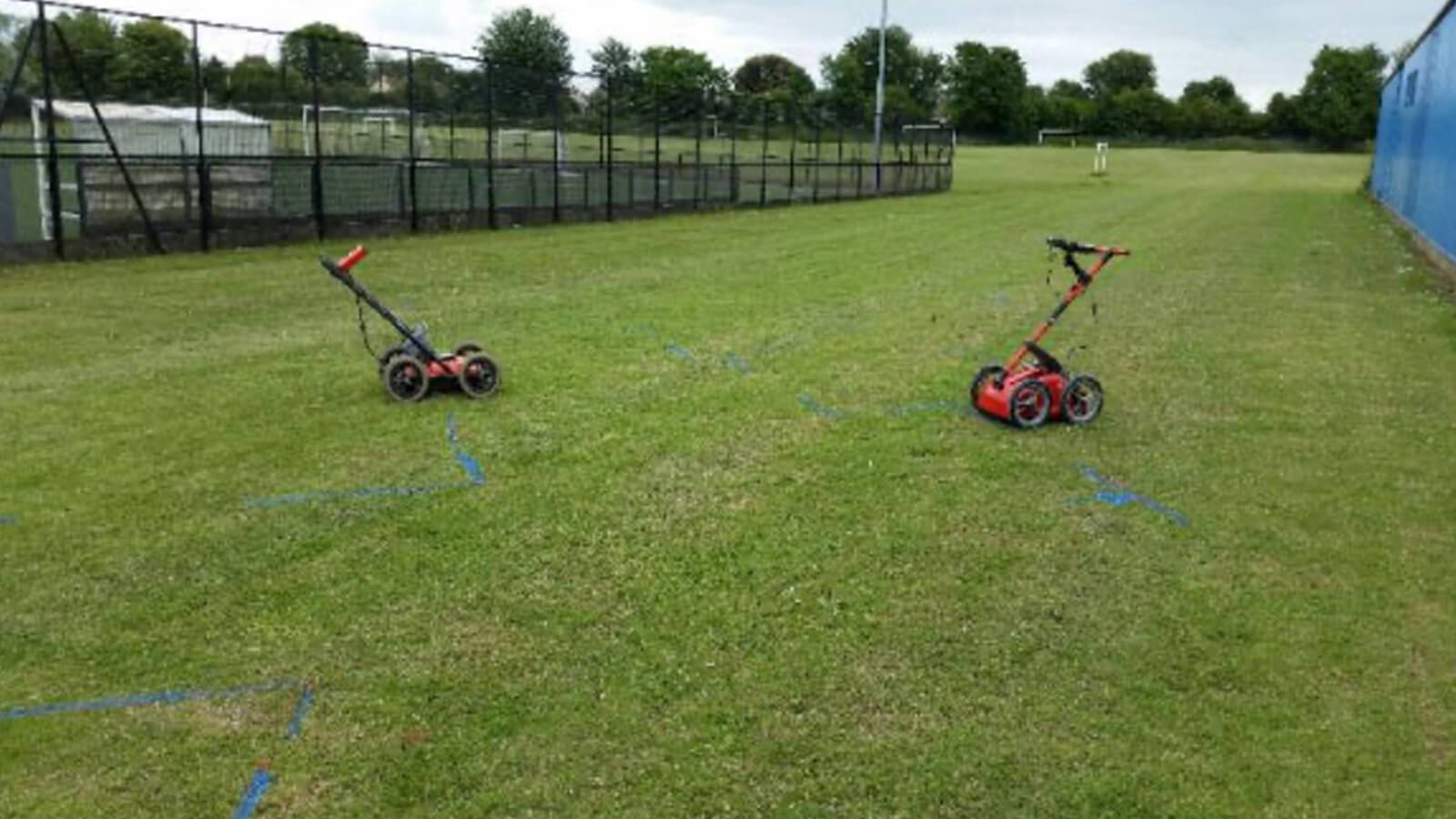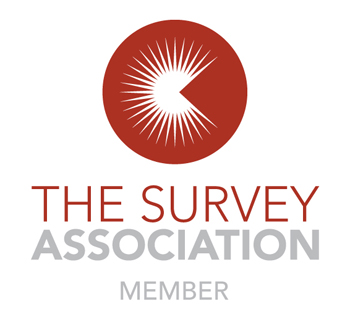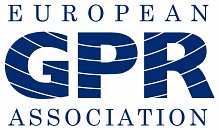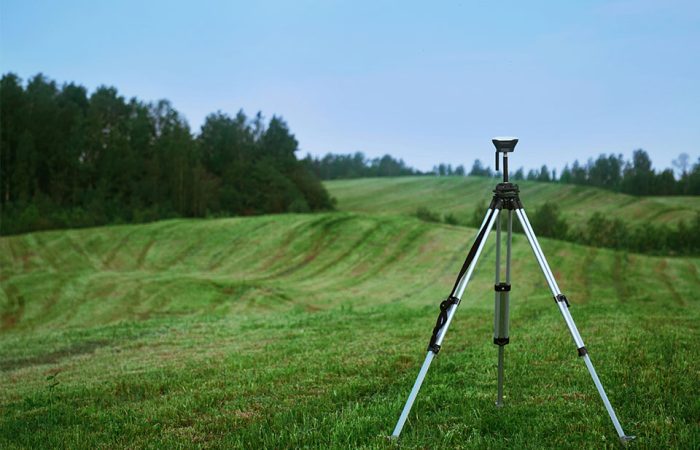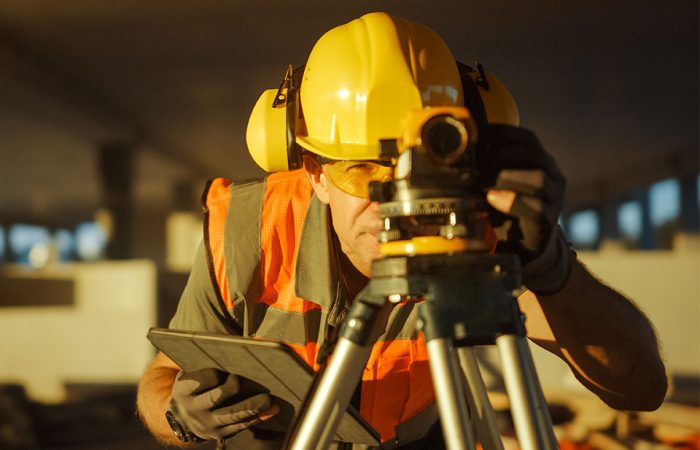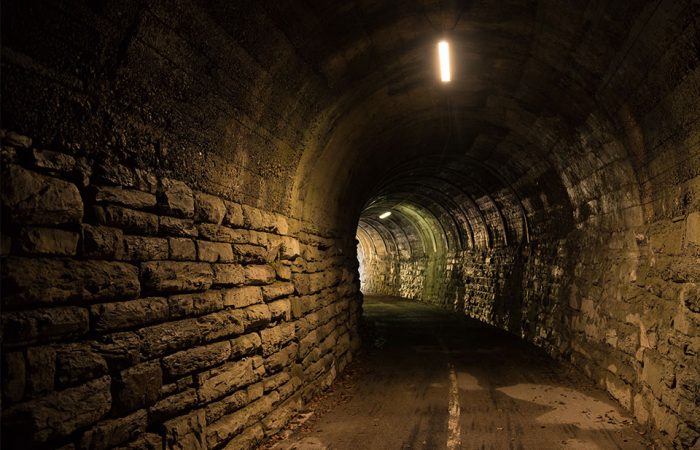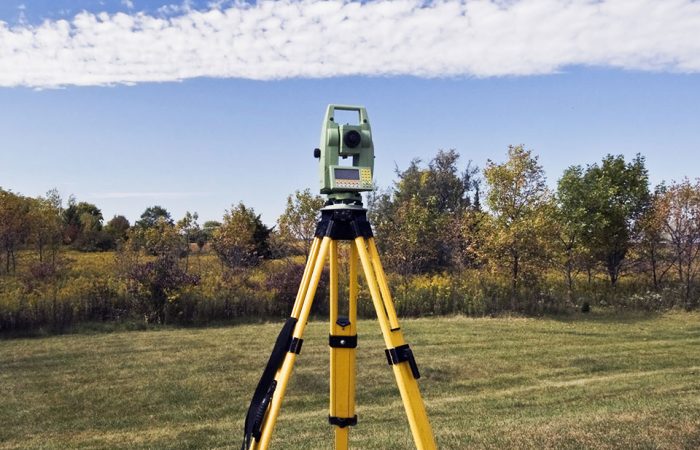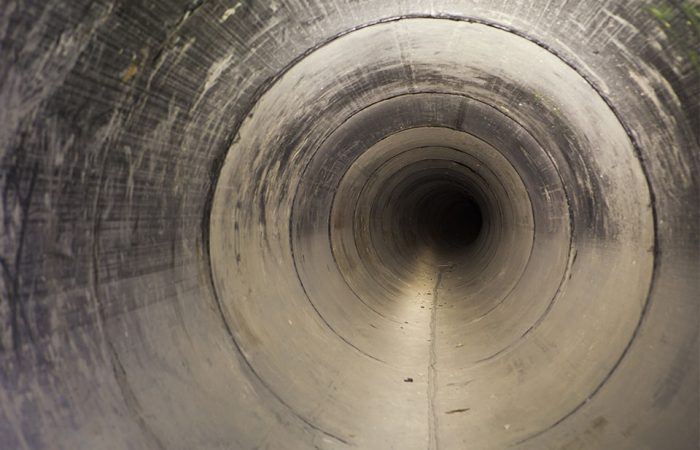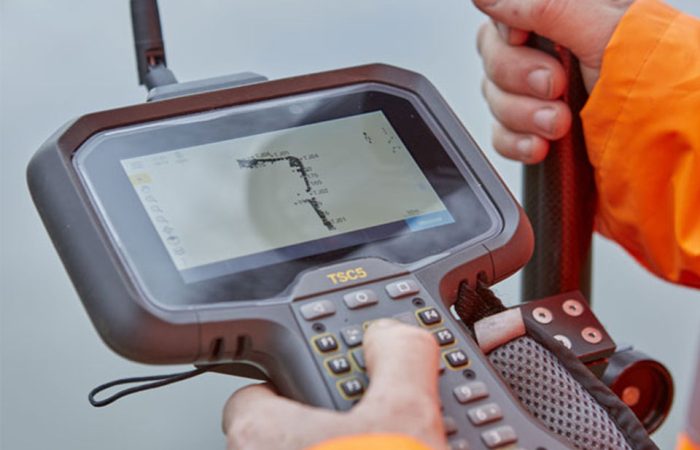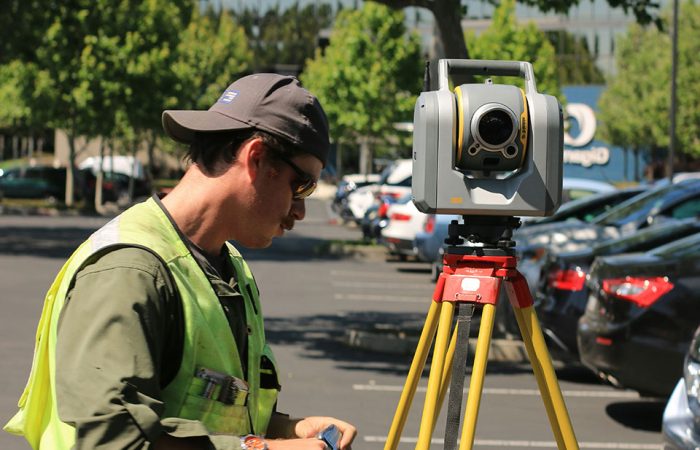Uncover hidden infrastructure and plan with confidence using Lucion’s comprehensive utility mapping surveys, tailored to your project’s unique needs.
In any construction, planning, or design project, understanding the location and nature of subsurface utilities is crucial for success, safety, and regulatory compliance. However, gathering this information can be challenging, time-consuming, and potentially disruptive, particularly in complex or environmentally sensitive areas.
At Lucion, we understand these challenges and have developed our utility mapping survey services to provide you with the accurate, reliable data you need to overcome them and proceed with confidence. Our services offer the following solutions:
- Accurate location, identification, and recording of subsurface infrastructure and voids: Our experienced surveyors use advanced technology like CAT and Genny locators and ground-penetrating radar (GPR) to efficiently map utilities such as gas pipes, electric cables, fiber optics, communications lines, water mains, and sewers, providing you with a comprehensive understanding of the subsurface environment.
- Environmentally friendly approach: We work around environmental constraints to minimize disruption to your site and surrounding areas, ensuring that your project can move forward without unnecessary delays or impacts.
- Flexible deliverables: Our utility mapping surveys can be applied to existing plans or provided as independent documents, giving you the flexibility to integrate the data into your existing workflows or use it as a standalone resource for planning, design, and construction purposes.
- Efficient, experienced surveyors: Our team of skilled professionals has the knowledge and expertise to deliver accurate, timely results, no matter the size or complexity of your project. We pride ourselves on our attention to detail and commitment to client satisfaction.
Our surveys are PAS128 compliant. We provide the highest quality utility mapping surveys to support your project’s success. Our combination of cutting-edge technology, environmental stewardship, and professional expertise ensures that you have the data you need to make informed decisions and achieve your goals.

